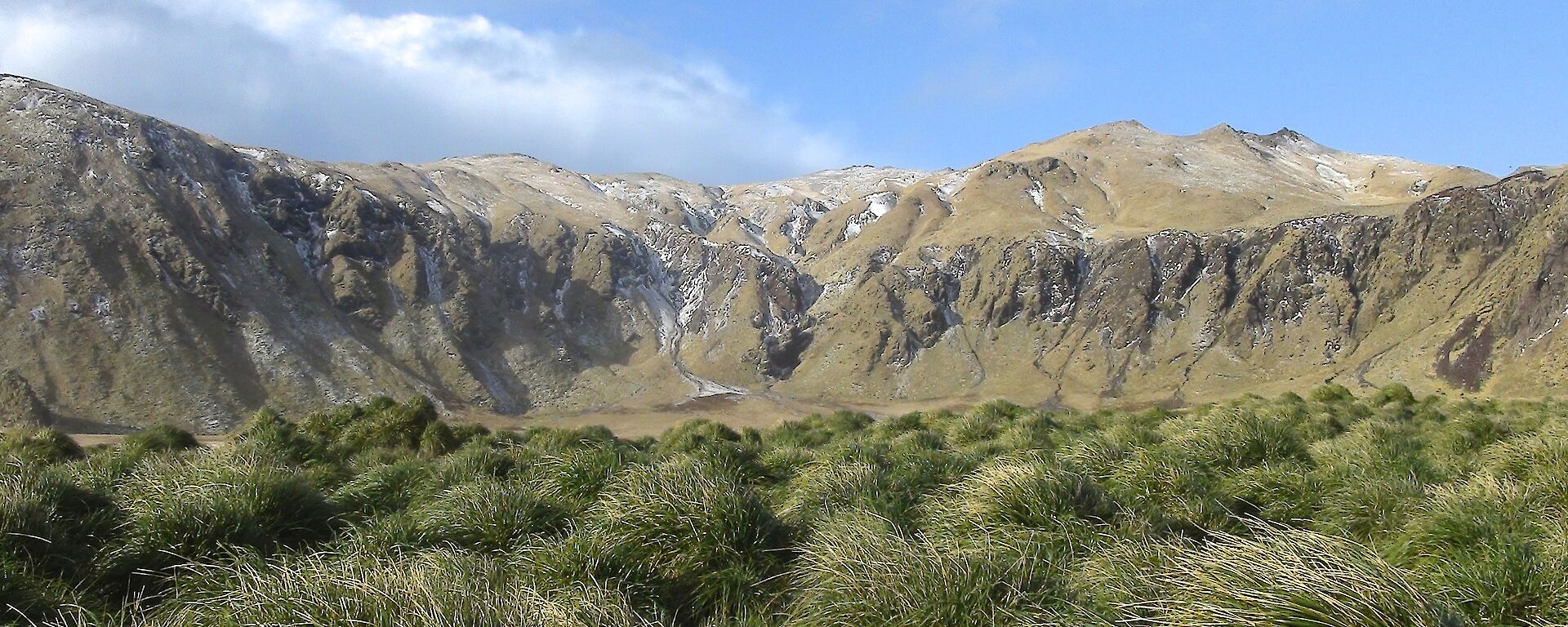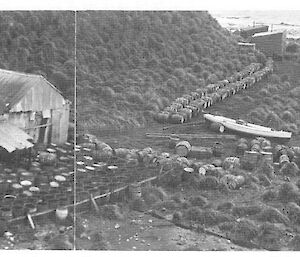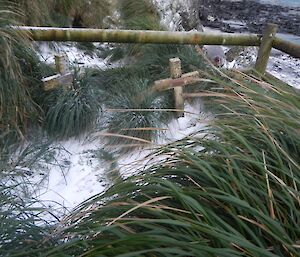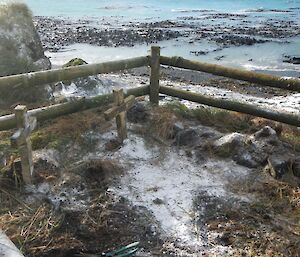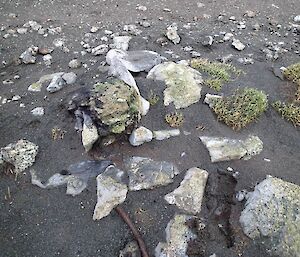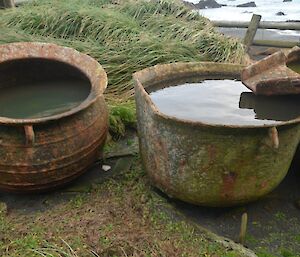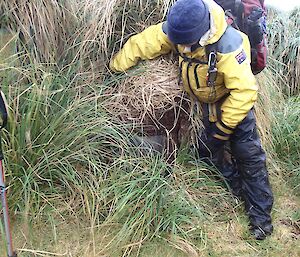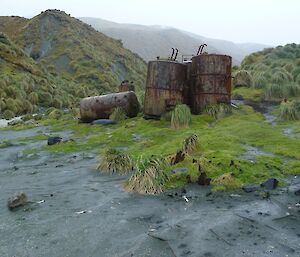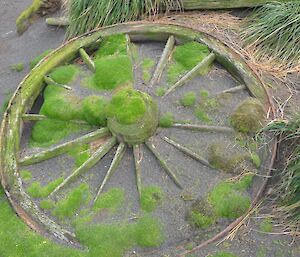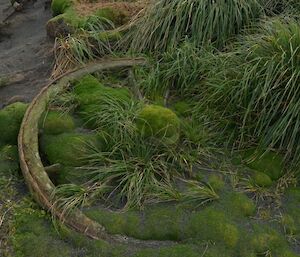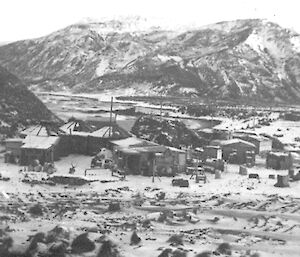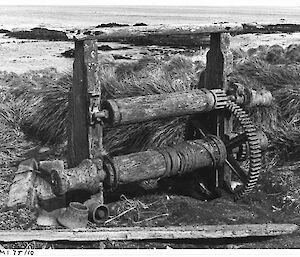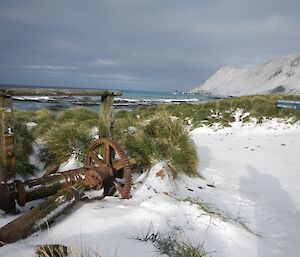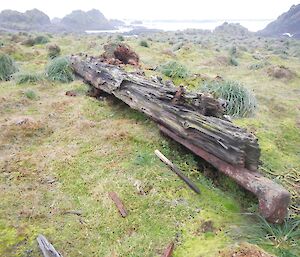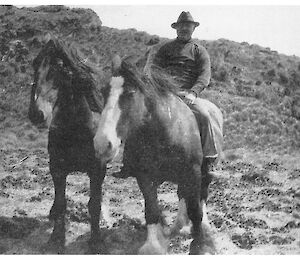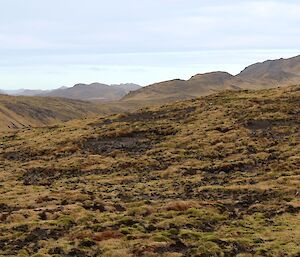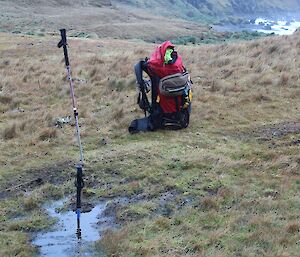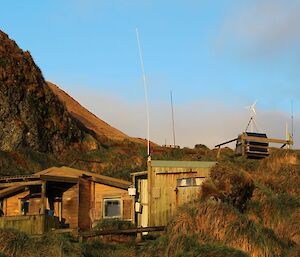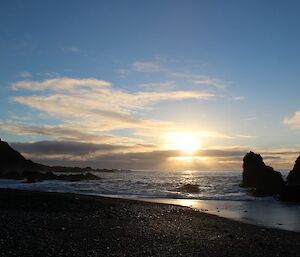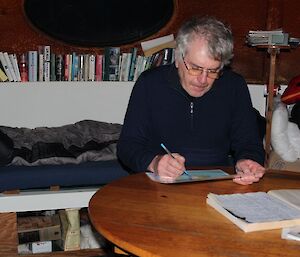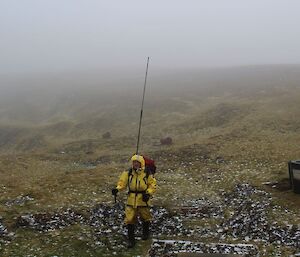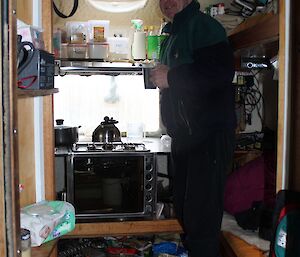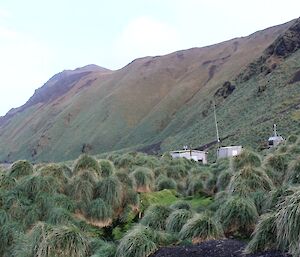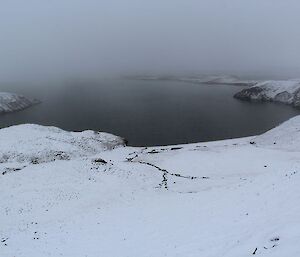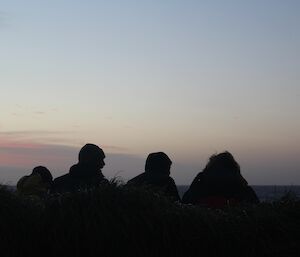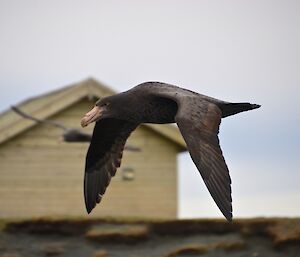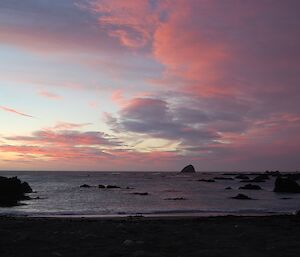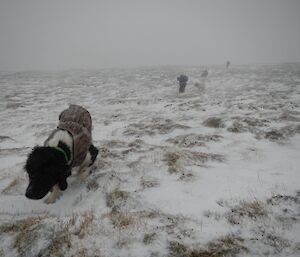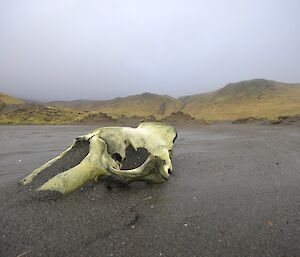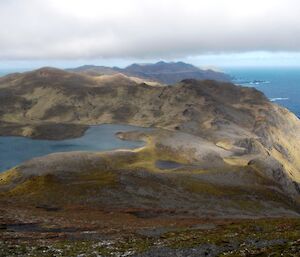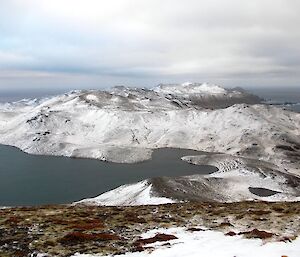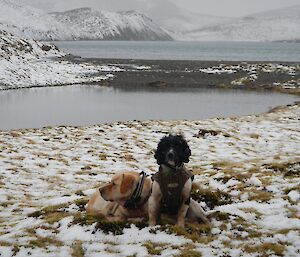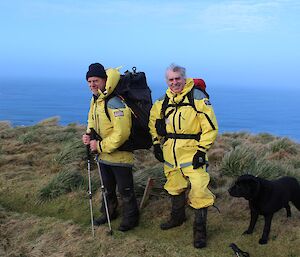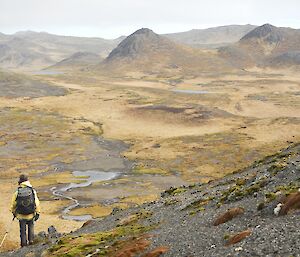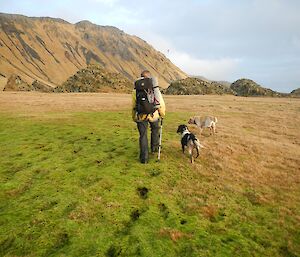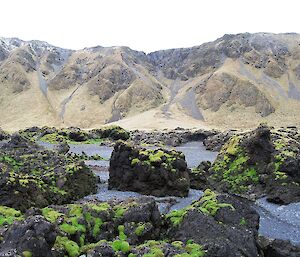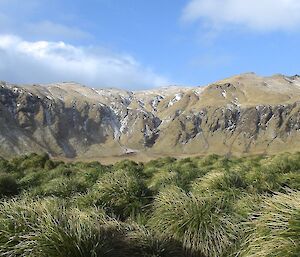Gone, but not Forgotten…
Simple but heartfelt words, inscribed on a small plaque, a headstone on the grave of a departed colleague buried on a shingle-covered beach on a small island in the middle of the Southern Ocean.
Charles Anderson died and was buried near to a work camp located near the Nuggets, Macquarie Island on 6th April 1903. At the time he was employed in the harvesting of penguins for the production of oil for Joseph Hatch, a well known early entrepreneur associated with Macquarie Island. His grave is today located on a picturesque beach with a view down the rugged east coast of Macquarie Island, alongside another well–known Macquarie Island identity, Otto Bauer ( dec’d 1st May 1918).
Macquarie Island is well known today for its status as a Wildlife Conservation reserve. Of recent times, people have become aware of the tremendous effort and energy going into the eradication of feral animals from this isolated subantarctic wilderness. Fewer people would perhaps be aware of the rich heritage layer that is also present on the island. The fact that that the first recorded sighting of Macquarie island was on 11th July 1810 by the sealing brig, Perserverance commanded by Captain Frederick Hasselburg. A few people would remember the Nella Dan foundering on rocks on Macquarie Island during a storm in December 1987, but a little bit of research will soon reveal the names of another 11 ships that have wrecked on the rugged shoreline since the early 1800’s.
A quick look online at the Macquarie Island webcam will give a brief peek at station activity today — Icy news will give the latest snippets of what is current. However, start to research the ‘offline’ resources and other less accessible archives and be amazed by the depth of heritage that is present and recorded for this remarkable location.
Sepia photographs of rugged sealers eking out an existence living in simple shacks with seal oil lamps. Alongside these images are those of the first truly scientific Australian Antarctic Expedition (AAE) activities on Macquarie in 1911 — 1914. These voyages of discovery were of course the precursor to the Australian Antarctic Research Expeditions (ANARE) that continues to this day as the Australian Antarctic Division.
The Tasmanian Parks and Wildlife Service has a responsibility to ensure the management of all aspects of the island including heritage. It provides some very real challenges for rangers based here as many of the assets and sites are located in remote corners of the island. This can however be a great challenge for it means that the tasks can be so varied — there is no time to get bored. The long dark nights of winter have been fantastic for reading and researching the rich historical heritage of Macca.
I’ve commented briefly in the past on tasks such as marine debris surveys, wandering albatross chicks monitoring and conducting monthly bird surveys. Interspersed amongst these tasks, I’ve been undertaking photographic assessments on the current state of some of these historic sites. Some of the sites may be complex remnants linked to the days of sealing, others could simply be a large piece of timber associated with an early unknown shipwreck. A large beam located buried amongst the cushion plants at Aurora Point.
Eagle Point, located on the upper western coast of the island, is a flat tussock-covered rocky peninsula jutting out into the cold Southern Ocean — it is also an important refuge and nesting location for nest giant petrels. From a heritage perspective, it is also the location of two try pots associated with the earlier sealing activities on the island. Try pots were used to render down the animal fat. These two pots are rapidly disappearing due to the strongly regenerating tussock grass.
The photographs taken during the field trips are notated and placed on file alongside others and provide a valuable insight into changes over time. In the case of some of the movable artefacts, the true heritage significance of the items is best maintained by leaving it in suit: this keeps the item in the context of the landscape in which it was used. Try pots in isolated locations, fragments of stone work associated with early buildings, large rusted boilers are all irreplaceable links to past heritage and history.
Occasionally, it is not possible to leave an artefact where it is found such as small fragile items or perhaps those of such value that are considered to valuable if lost. Protocols exist to ensure as much evidence as possible is gathered before the object is moved. These objects are subsequently catalogued and placed in safe storage.
I am not alone in my quest to ensure the protection and management of the heritage fabric here on Macquarie Island. Patty Villegas, on light duties from MIPEP at the moment, has been gently working behind the scenes on another task. She has very carefully undertaken some preliminary stabilisation works of some of those delicate artefacts that have previously been recovered (a story on this will be in next weeks Icy News). The long–term plan is to develop an interpretation display here on Macquarie Island, so that visitors to the island over the summer months can also gain a greater appreciation of the depth and richness of this remarkable location.
The history and the heritage of Macca, in some ways is gone, but not forgotten.

